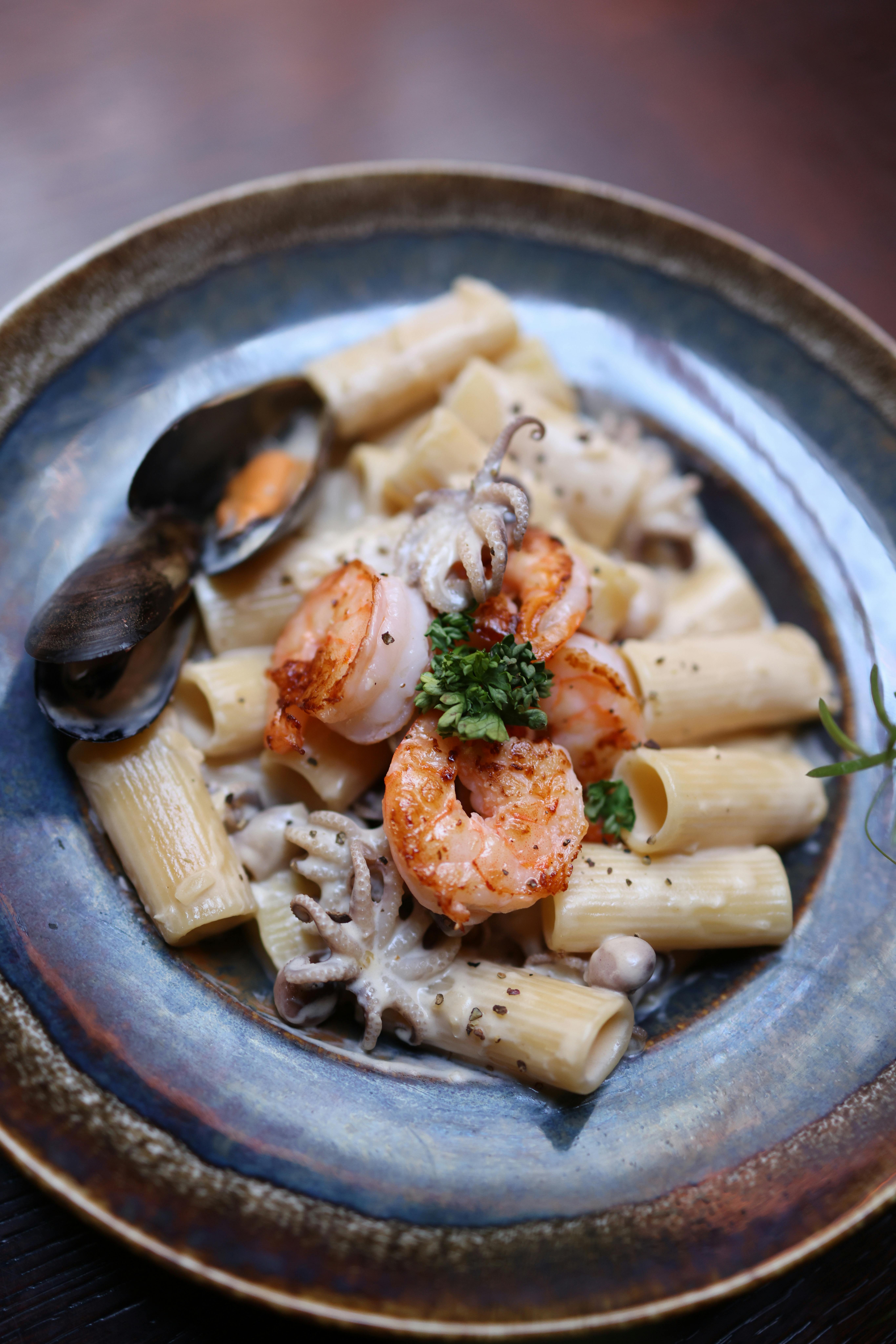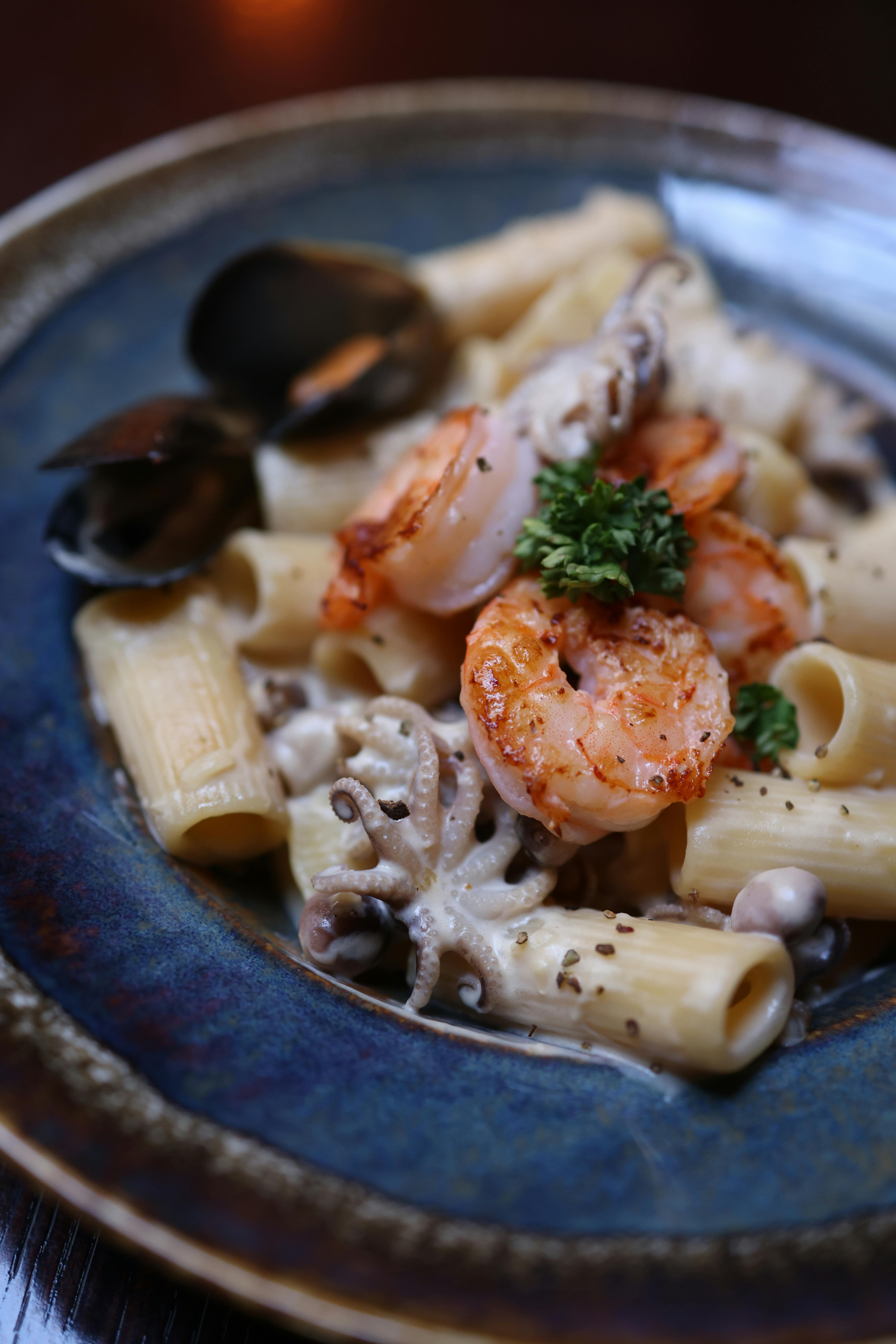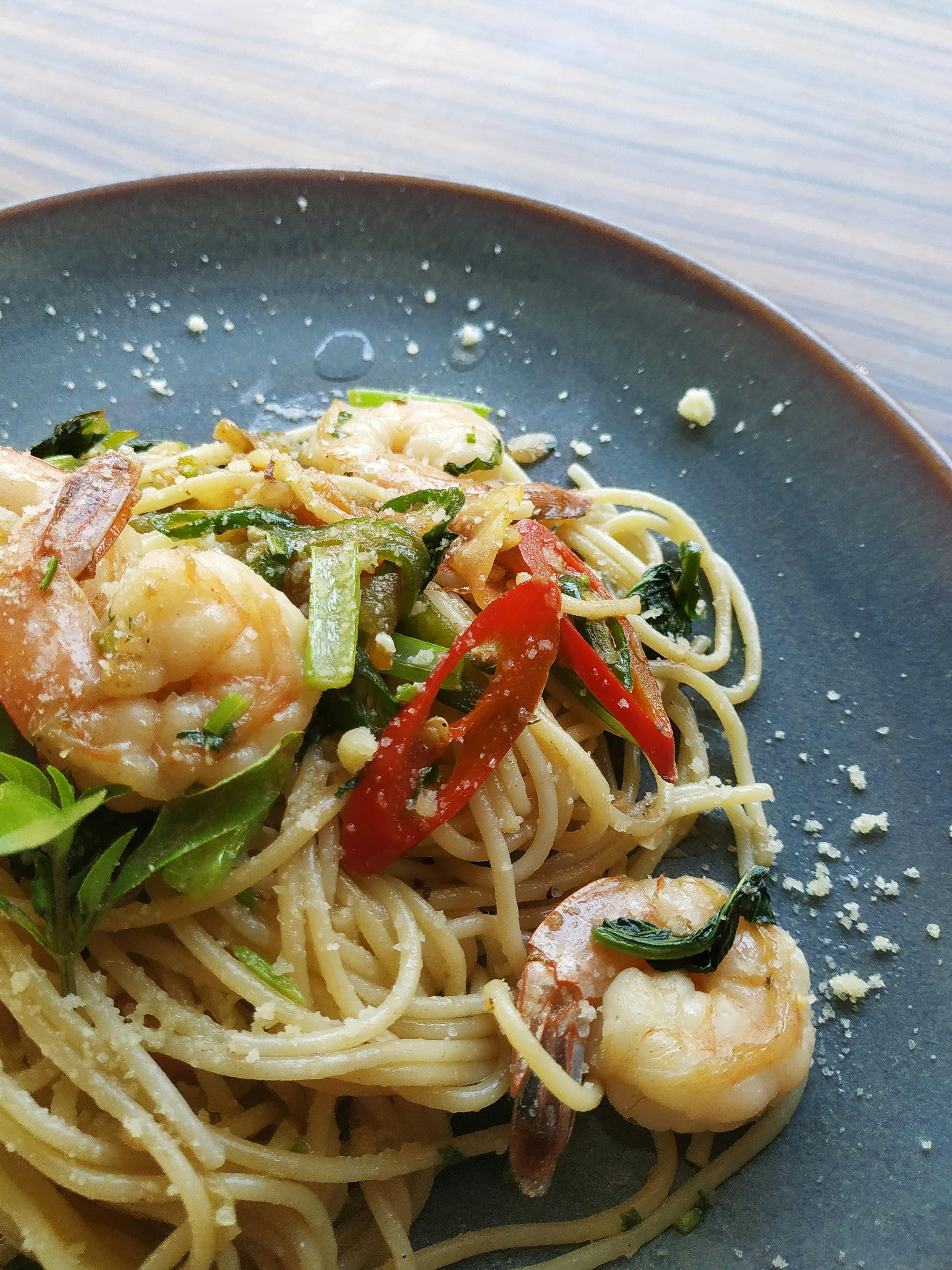Irresistible Shrimp and Rigatoni Recipe for Every Occasion
Looking for a dinner that impresses without the stress? This shrimp and rigatoni recipe offers the perfect balance of comfort, sophistication, and ease. Whether you’re cooking for guests or just treating yourself, this dish brings the rich flavors of Italian cuisine right into your kitchen. Learn how to master this classic seafood pasta with expert guidance, practical steps, and modern culinary twists.

Understanding the Fundamentals
The shrimp and rigatoni recipe is rooted in classic Italian flavors, combining the briny richness of shrimp with the hearty structure of rigatoni. Rigatoni, with its tube-like shape and ridged texture, is perfect for holding sauces, while shrimp adds a quick-cooking protein that infuses the dish with depth and elegance.
Understanding the ingredients and the techniques involved is essential to elevating this dish from good to unforgettable. Let’s break down the foundational elements that make this recipe both accessible and delectable.
1.1 Choosing the Right Shrimp
Shrimp are the star of the dish, so choosing the right kind is crucial. Opt for medium to large-sized shrimp (16-20 count), peeled and deveined. Fresh shrimp provides the best flavor, but frozen varieties work well if properly thawed.
Real-world tip: wild-caught Gulf shrimp offer a natural sweetness that enhances the creamy tomato sauce typically used in this dish. Avoid overcooking—shrimp become rubbery when left on heat too long.
1.2 Rigatoni: The Ideal Pasta
Compared to penne or spaghetti, rigatoni’s ridges and wide hollow center make it perfect for catching rich sauces and bits of seafood. This pasta holds up well in both light and creamy sauces, making it versatile in shrimp dishes.
For added texture, consider slightly undercooking the pasta (al dente) before finishing it in the sauce for a perfect mouthfeel and absorption of flavor.
Practical Implementation Guide
Now that you understand the ingredients, it’s time to put them into action. This step-by-step guide walks you through the entire process of preparing the perfect shrimp and rigatoni recipe—from prep to plate.

2.1 Actionable Steps
- Prep the Ingredients: Peel and devein shrimp, mince garlic, chop onions, and measure out cream, tomato paste, and herbs.
- Cook the Pasta: Boil rigatoni in salted water until al dente. Reserve 1 cup of pasta water before draining.
- Make the Sauce: Sauté onions and garlic in olive oil, add tomato paste, then deglaze with white wine. Stir in cream and seasonings.
- Cook the Shrimp: Add shrimp to the sauce, cooking just until pink (2-3 minutes per side).
- Combine and Serve: Toss rigatoni into the sauce, use pasta water to adjust thickness. Garnish with fresh basil and parmesan.
2.2 Overcoming Challenges
Common issues include overcooked shrimp, watery sauce, or bland flavor. Here’s how to avoid them:
- Rubbery shrimp: Always cook shrimp last and monitor them closely.
- Thin sauce: Simmer longer or add pasta water slowly to control consistency.
- Lack of flavor: Use fresh garlic, real cream, and season generously.
Expert tip: finish the dish with a squeeze of lemon juice to brighten the richness of the sauce.
Advanced Applications
Once you’ve mastered the basic shrimp and rigatoni recipe, it’s time to get creative. These advanced techniques introduce gourmet-level enhancements and customizations perfect for special occasions or impressing food-savvy guests.

3.1 Infusing Flavored Oils
Elevate your dish by using garlic-infused or chili-infused olive oil. To make it, heat oil with garlic or chili flakes until fragrant, then strain. Drizzle it over the finished pasta for a burst of aroma and spice. This technique adds depth and personality to the standard version.
3.2 Incorporating Seasonal Vegetables
Introduce sautéed spinach, roasted cherry tomatoes, or grilled zucchini for extra color, nutrients, and flavor complexity. These additions complement the shrimp and integrate well with the creamy tomato-based sauce.
Future Outlook
As consumer interest in seafood sustainability and culinary creativity grows, shrimp-based pasta dishes like this one are expected to evolve. Trends suggest increasing use of plant-based creams, alternative grains for pasta, and global flavor integrations.
To stay ahead, consider experimenting with tahini cream sauce, brown rice rigatoni, or Thai-inspired shrimp marinades. These innovations ensure that your shrimp and rigatoni recipe remains fresh and exciting in the coming years.
Conclusion
In summary, a great shrimp and rigatoni recipe comes down to high-quality ingredients, thoughtful preparation, and the courage to experiment. With the techniques discussed, you’re equipped to deliver a flavorful and satisfying dish every time.
Ready to take your pasta night to the next level? Head to your kitchen and bring this savory dish to life—you’ll be amazed by how simple gourmet cooking can be.
Frequently Asked Questions
- Q: What type of shrimp works best for this recipe? Medium to large wild-caught shrimp, peeled and deveined, offer the best flavor and texture.
- Q: How can I get started with minimal cooking experience? Start with pre-cleaned shrimp and follow the step-by-step guide above—focus on timing the shrimp and pasta correctly.
- Q: How long does this dish take to prepare? Total prep and cooking time is around 30–40 minutes, depending on your pace and ingredients.
- Q: Is this recipe expensive to make? It can be cost-effective if you use frozen shrimp and pantry staples; expect to spend $12–$18 for 4 servings.
- Q: How does this dish compare to other seafood pastas? It’s richer and creamier than lemon shrimp pasta, yet simpler than seafood Alfredo. A great balance of ease and flavor.
- Q: Is this dish hard to cook? Not at all. It’s beginner-friendly if you follow each step, with low risk for error.
- Q: Can I tailor this for a specific cuisine? Yes—add Cajun seasoning for Southern flair or a splash of coconut milk for a Thai twist.